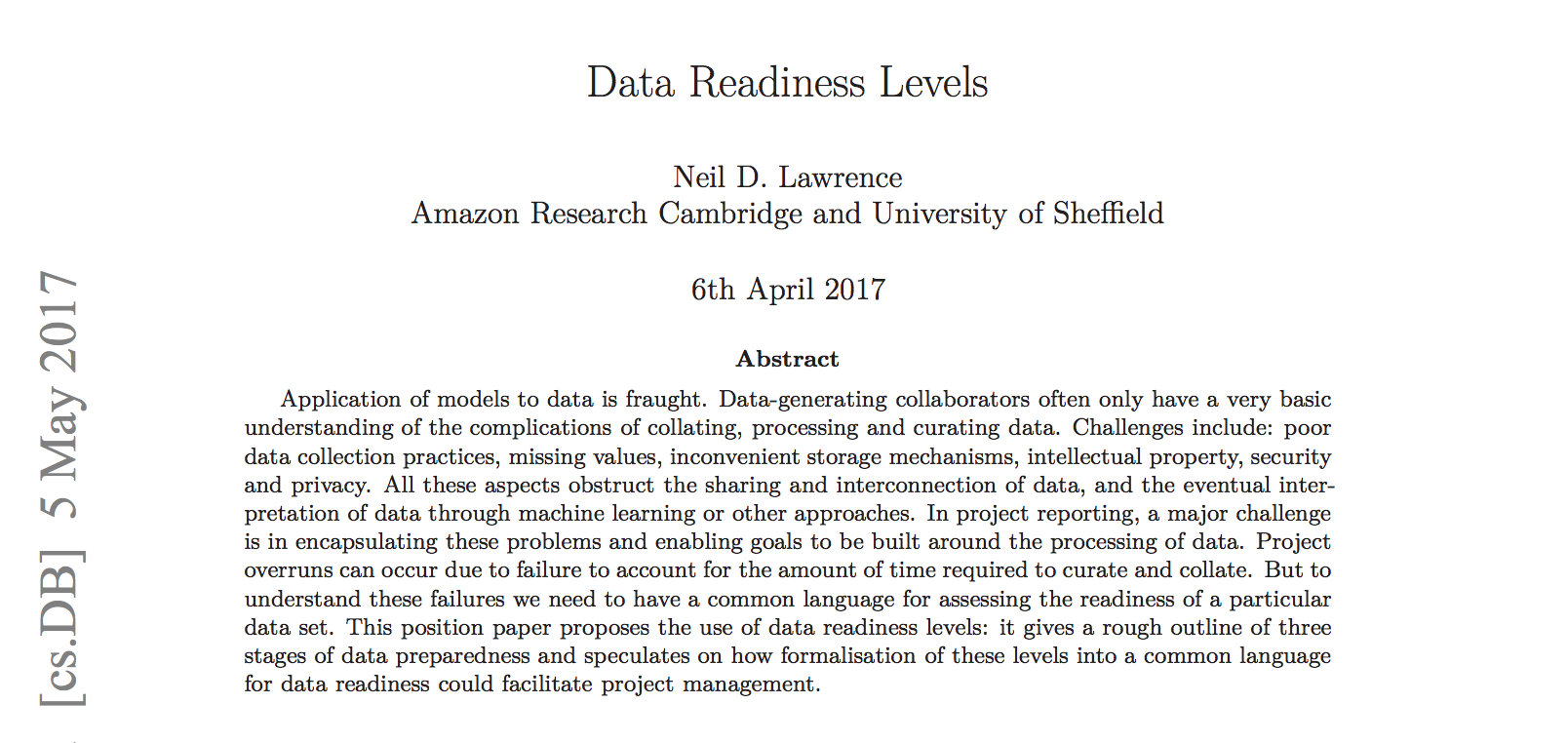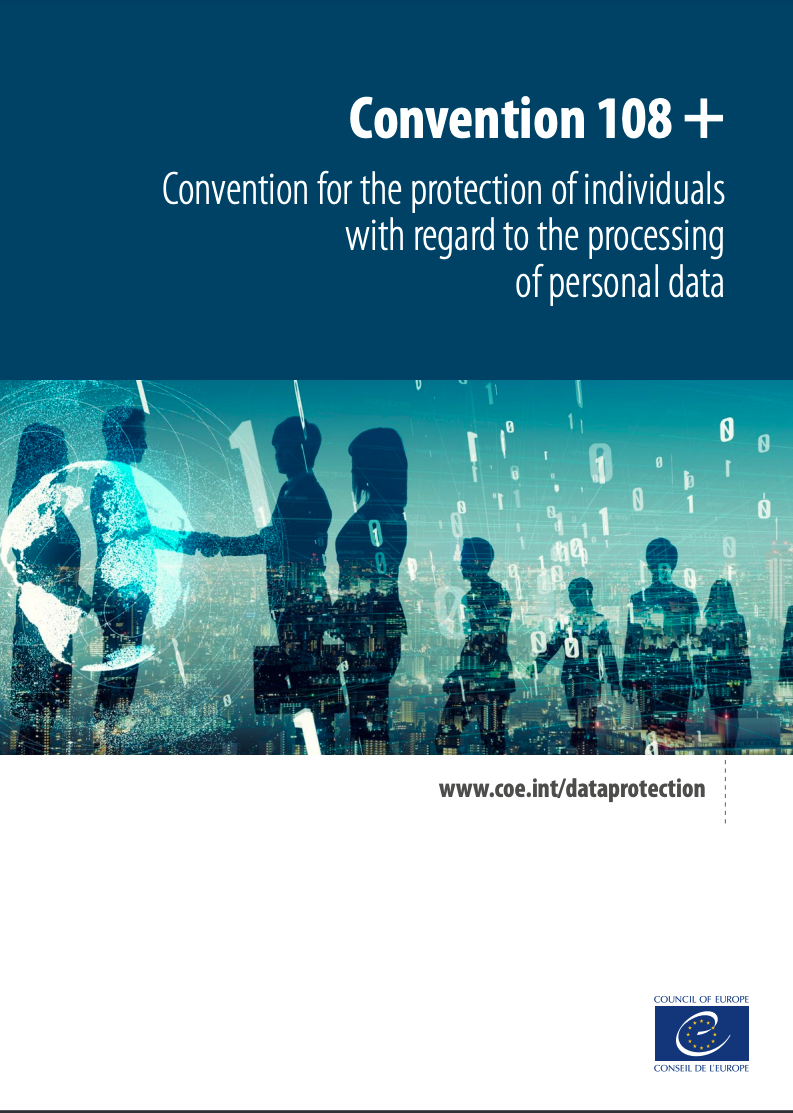The Data Science Process
Evolved Relationship with Information
New Flow of Information
Evolved Relationship
Evolved Relationship
Embodiment Factors
| bits/min | billions | 2,000 |
|
billion calculations/s |
~100 | a billion |
| embodiment | 20 minutes | 5 billion years |



The Three Ds of Machine Learning Systems Design
- Three primary challenges of Machine Learning Systems Design.
- Decomposition
- Data
- Deployment
Data
- Hard to overstate its importance.
- Half the equation of \(\text{data} + \text{model}\).
- Often utterly neglected.
Data Neglect
- Arises for two reasons.
- Data cleaning is perceived as tedious.
- Data cleaning is complex.
Data Cleaning
- Seems difficult to formulate into readily teachable princples.
- Heavily neglected in data science, statistics and ML courses.
- In practice most scientists spend around 80% of time data cleaning.
The Software Crisis
The major cause of the software crisis is that the machines have become several orders of magnitude more powerful! To put it quite bluntly: as long as there were no machines, programming was no problem at all; when we had a few weak computers, programming became a mild problem, and now we have gigantic computers, programming has become an equally gigantic problem.
Edsger Dijkstra (1930-2002), The Humble Programmer
The Data Crisis
The major cause of the data crisis is that machines have become more interconnected than ever before. Data access is therefore cheap, but data quality is often poor. What we need is cheap high-quality data. That implies that we develop processes for improving and verifying data quality that are efficient.
There would seem to be two ways for improving efficiency. Firstly, we should not duplicate work. Secondly, where possible we should automate work.
Me
Data Readiness Levels

https://arxiv.org/pdf/1705.02245.pdf Data Readiness Levels (Lawrence, 2017b)
Three Grades of Data Readiness
- Grade C - accessibility
- Transition: data becomes electronically available
- Grade B - validity
- Transition: pose a question to the data.
- Grade A - usability
Data Science as Debugging
- Analogies: For Software Engineers describe data science as debugging.
80/20 in Data Science
- Anecdotally for a given challenge
- 80% of time is spent on data wrangling.
- 20% of time spent on modelling.
- Many companies employ ML Engineers focussing on models not data.
Lessons
- When you begin an analysis behave as a debugger
- Write test code as you go.
- document tests … make them accessible.
- Be constantly skeptical.
- Develop deep understanding of best tools.
- Share your experience of challenges, have others review work
Lessons
- When managing a data science process.
- Don’t deploy standard agile development. Explore modifications e.g. Kanban
- Don’t leave data scientist alone to wade through mess.
- Integrate the data analysis with other team activities
- Have software engineers and domain experts work closely with data scientists


GDPR Origins
How the GDPR May Help

How GDPR May Help
- Reflection on data eco-systems.
- GDPR: Good Data Practice Rules
- When viewed as best practice rather than regulation they hightlight problems in data ecosystems.
GDPR in Practice
- Understand the lawful basis
- For websites: provide a “Privacy Notice”
Putting in Practice
- Access
- Assess
- Process
Github Template
Further Reading
Chapter 8 of Lawrence (2024)
Chapter 1 of Lawrence (2024)
Thanks!
twitter: @lawrennd
podcast: The Talking Machines
newspaper: Guardian Profile Page
blog posts: